Dive into the Majesty of the Great Barrier Reef with Our Poster.
Great Barrier Reef Queensland Australia Poster
€15 – €49Price range: €15 through €49
Unlock the wonders of the Great Barrier Reef, Queensland, Australia, right from the comfort of your home with our captivating poster! Immerse yourself in the mesmerizing beauty of one of the world’s most extraordinary natural wonders, renowned for its vibrant marine life and breathtaking coral formations.
Crafted with meticulous attention to detail, our poster transports you to the azure waters of the Coral Sea, where an underwater paradise awaits. From the intricate patterns of coral gardens to the graceful movements of exotic fish species, every element is brought to life with vivid colors and stunning clarity.
Perfect for nature enthusiasts, divers, and anyone with a passion for the ocean, our poster serves as a captivating reminder of the importance of preserving this UNESCO World Heritage Site. Hang it in your home, office, or classroom to inspire awe and appreciation for the delicate ecosystems that thrive beneath the surface.
Whether you’re a seasoned diver or an armchair explorer, our Great Barrier Reef poster is sure to ignite your sense of wonder and curiosity. Order yours today and embark on a visual journey to one of Australia’s most iconic destinations.
The Great Barrier Reef is the world’s largest coral reef system composed of over 2,900 individual reefs and 900 islands stretching for over 2,300 kilometres (1,400 mi) over an area of approximately 344,400 square kilometres (133,000 sq mi). The reef is located in the Coral Sea, off the coast of Queensland, Australia. The Great Barrier Reef can be seen from outer space and is the world’s biggest single structure made by living organisms. This reef structure is composed of and built by billions of tiny organisms, known as coral polyps. It supports a wide diversity of life and was selected as a World Heritage Site in 1981. CNN labelled it one of the seven natural wonders of the world in 1997. Australian World Heritage places included it in its list in 2007.[9] The Queensland National Trust named it a state icon of Queensland in 2006.
A large part of the reef is protected by the Great Barrier Reef Marine Park, which helps to limit the impact of human use, such as fishing and tourism. Other environmental pressures on the reef and its ecosystem include runoff, climate change accompanied by mass coral bleaching, dumping of dredging sludge and cyclic population outbreaks of the crown-of-thorns starfish. According to a study published in October 2012 by the Proceedings of the National Academy of Sciences, the reef has lost more than half its coral cover since 1985, a finding reaffirmed by a 2020 study which found over half of the reef’s coral cover to have been lost between 1995 and 2017, with the effects of a widespread 2020 bleaching event not yet quantified.
The Great Barrier Reef has long been known to and used by the Aboriginal Australian and Torres Strait Islander peoples, and is an important part of local groups’ cultures and spirituality. The reef is a very popular destination for tourists, especially in the Whitsunday Islands and Cairns regions. Tourism is an important economic activity for the region, generating over AUD$3 billion per year. In November 2014, Google launched Google Underwater Street View in 3D of the Great Barrier Reef.
A March 2016 report stated that coral bleaching was more widespread than previously thought, seriously affecting the northern parts of the reef as a result of warming ocean temperatures. In October 2016, Outside published an obituary for the reef;[17] the article was criticized for being premature and hindering efforts to bolster the resilience of the reef. In March 2017, the journal Nature published a paper showing that huge sections of an 800-kilometre (500 mi) stretch in the northern part of the reef had died in the course of 2016 due to high water temperatures, an event that the authors put down to the effects of global climate change. The percentage of baby corals being born on the Great Barrier Reef dropped drastically in 2018 and scientists are describing it as the early stage of a “huge natural selection event unfolding”. Many of the mature breeding adults died in the bleaching events of 2016–17 leading to low coral birth rates. The types of corals that reproduced also changed, leading to a “long-term reorganisation of the reef ecosystem if the trend continues.”
The Great Barrier Reef Marine Park Act 1975 (section 54) demands every five years an Outlook Report on the Reef’s health, pressures, and future. The last report was published in 2019.
Museum-quality poster made on thick and durable matte paper. Add a wonderful accent to your room and office with these posters that are sure to brighten any environment.
• Paper thickness: 0.26 mm (10.3 mil)
• Paper weight: 189 g/m² (5.57 oz/y²)
• Opacity: 94%
• ISO brightness: 104%
• Giclée printing quality
• 21 × 30 cm posters are size A4
• Blank product sourced from Japan
| Weight | N/A |
|---|
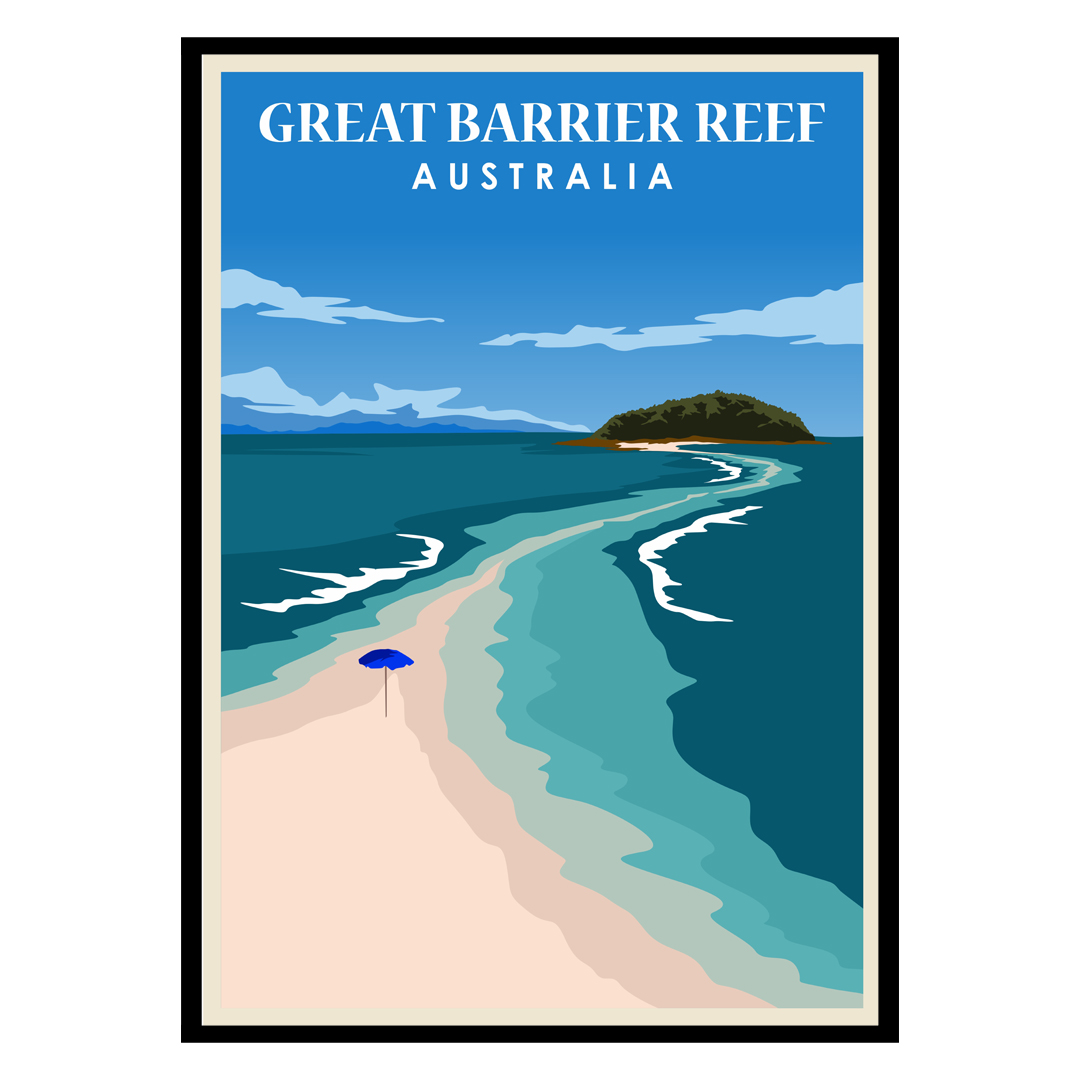

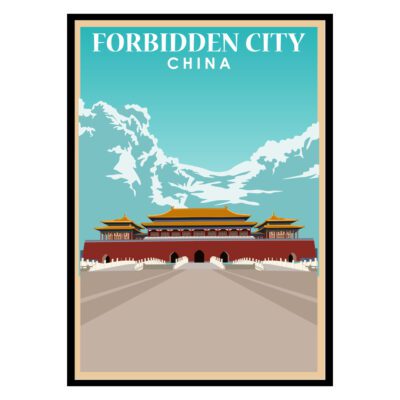
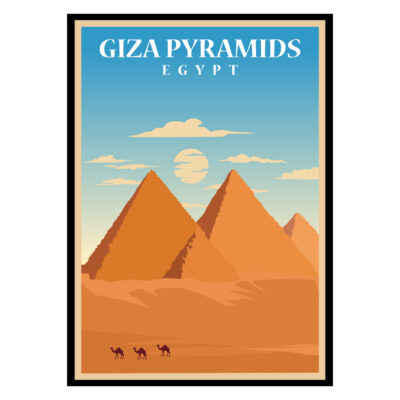
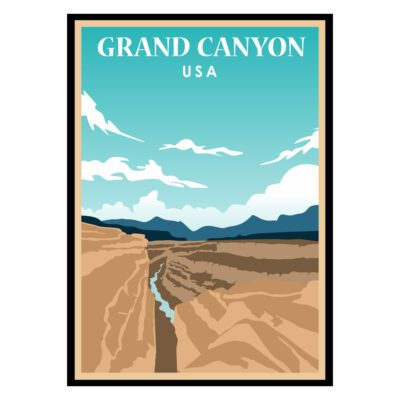
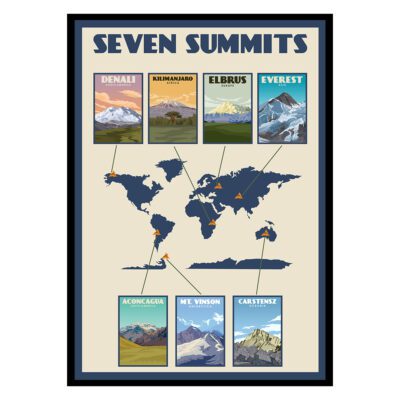
There are no reviews yet.